Semiconductors Which Cannot Be Used for Solar Cells
It was first used in solar cells in 1956 and is considered a key material in solar energy production. How does the directness or indirectness of the material play a role here.

How Are Solar Panels Made Solar Panels Materials List
Solar cells are made of semiconductor materials like silicon cadmium telluride and copper indium gallium selenide.
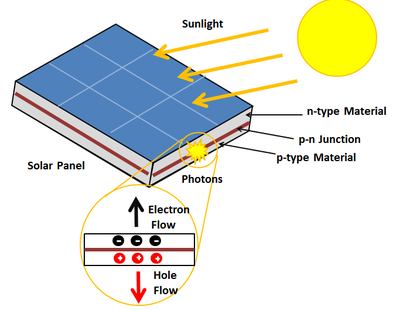
. Among the most efficient and by far the most common semiconductor used is silicon which is found in approximately 90 of modules sold. LEDs are made of direct semiconductors because electron hole recombination can occur without phonon participation. We will focus on the key concepts that are necessary to understand how solar cells work and skip the.
GaAs is a direct bandgap semiconductor unlike Silicon. What should be the band gap of the semiconductors to be used as solar cell materials. Vacuum tubes aside For a solar cell semiconductors are necessary because we only want the electricity to flow one way.
Solar cells can be made of both. In semiconductors due to the presence of PN junction there is a small electric field present within the semiconductors without which the solar cells wont work. Excitons The main difference between organic semiconductors and inorganic semiconductors as photovoltaic materials is that optical excitations of organic semiconductors create bound electron-hole pairs called excitons that are not effectively.
Electronic switches logic gates amplifiers - these cant exist without semiconductors. Now a days heterojunction hybrid solar cell are most interesting case. Still Silicon is preferred over these two for making solar cells.
Researchers presented a new road map to create perovskite semiconductors that can be used in solar cells and LEDs. In solar cells you dont want any type of recombination. As a power source a number of single solar cells must be connected in series connected in parallel and tight.
How do solar cells work. Semiconductors with band gap close to 15 ev are ideal materials for solar. In fact III-V semiconductors such as GaAs GaP InAs and etc.
Germanium has a lower bandgap than Silicon. Which of the following materials cannot be used as solar cells materials. A few examples of organic semiconductors used in solar cells are shown in Figure 1 see PDF version.
If we use PbS as the solar cell material then most of the solar radiation will be absorbed on the top-layer of the solar cell and will not reach in the depletion zone. A photovoltaic cell must have two types of semiconductors in layers. A solar cell is a solid-state electrical device that converts the energy of light directly into electricity by the photovoltaic effect which is a physical and chemical phenomenon.
Its in the range of the ideal bandgaps for solar absorption and it has the bonus of having a direct. The semiconductors commonly used in commercial solar cells have band gaps near the peak of this curve for example silicon 11eV or CdTe 15eV. Semiconductors for Solar Cells Artech House Optoelectronics Library by Hans Joachim Moller Author 30 out of 5 stars 1 rating.
The working principle of solar cells is based on the photovoltaic effect. However high-efficiency multi-junction cells based on IIIV compound semiconductors are too expensive for the flat-plate terrestrial photovoltaic systems although they have almost completely replaced Si solar cells as the main component for space flat PV modules owing to their high power-to-weight ratio higher efficiency related to a direct bandgap and. To some extent electrons and holes diffuse across the boundary of this junction setting up.
The operation of a photovoltaic cell is shown in Figure 95. You might have guessed that this freedom to tune the band gap means that III-V semiconductors are what researchers use in developing multi-junction solar cells. This bar-code number lets you verify that youre getting exactly the right version or edition of a book.
One of the main reasons that they are not deployed in commercial solar panel is because of the cost as mentioned in Markos answer way too expensive. Silicon is a perfect example of a semiconductor. Perovskite could provide many advantages.
A Si b GaAs c CdS d PbS Answer. Which of the following should not be the characteristic of the solar cell material. These solar cells contain a junction of a p-type and an n-type semiconductor ie a p-n junction.
There is more information on semiconductors in the next section The n-type semiconductoris doped with a very small amount of an element containing an extra valence electron such crystalline Si doped with As. 26th 2021 800 am PT. This module will be more theory heavy than other parts of the course but dont worry.
In the PN junctions the electrons and holes try to mix with each other but they are not able to completely mix Otherwise the junction will become neutral and will be of no use. Are candidates for solar cell application as well. Solar cells also known as solar chips or photocells are photoelectric semiconductor sheets that use sunlight to directly generate electricity.
In this module we will attack the topic. The photovoltaic cell is actually very much like a diode in structure - due to its nature its very easy for electrons to flow in one direction but difficult for them to. The 13-digit and 10-digit formats.
Silicon atoms form a crystal lattice an organised structure that makes the conversion of light to. The ShockleyQueisser limit has been exceeded experimentally by combining materials with different band gap energies to make tandem solar cells. Silicon What Makes It a Great Material for Solar Panels In the earliest successful solar panels silicon was the semiconductor material that was used and no surprise it is still a commonly used material for solar panels today.
People are often use semiconductor materials like Si GaAs CdTe Cds ZnO TiO2 etc. It is a form of photoelectric cell defined as a device whose electrical characteristics such as current voltage or resistance vary when exposed to light. What should be the band gap of the semiconductors to be used as solar cell materials.
The photovoltaic effect is the production of electricity by a material when it is exposed to light. Single solar cells cannot be used directly as power sources. The material used for fabrication of solar cell should have a band gap of around 15 eV.
Why is ISBN important. Which of the following materials cannot be used as solar cells materials. Which of the following materials cannot be used as solar cells materials.
By far the most widely used III-V solar cell is gallium arsenide GaAs which has a band gap of 142 eV at room temperature. Semiconductor-physics solar-cells Share Improve this question.
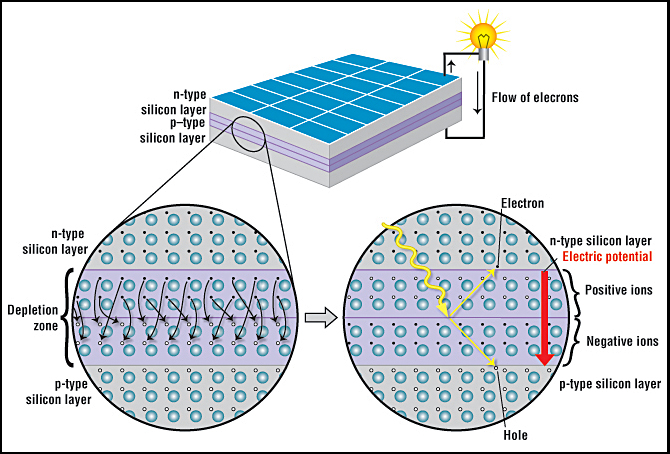
How A Solar Cell Works American Chemical Society
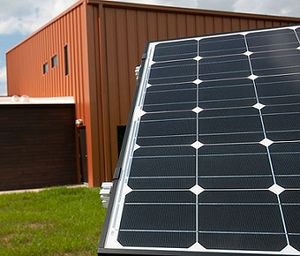
Photovoltaic Cell Energy Education
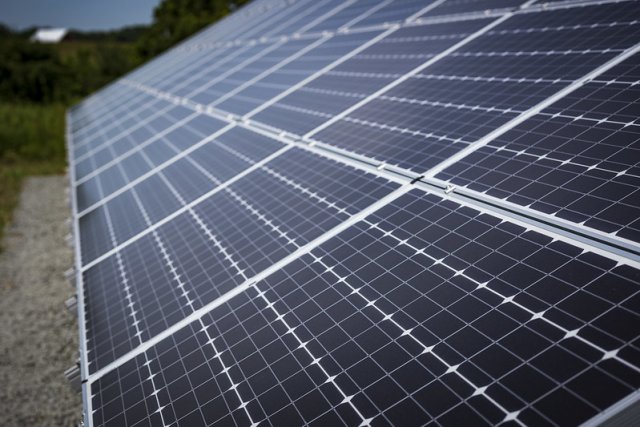
End Of Life Solar Panels Regulations And Management Us Epa

How Do Solar Cells Work Photovoltaic Cells Explained Energysage
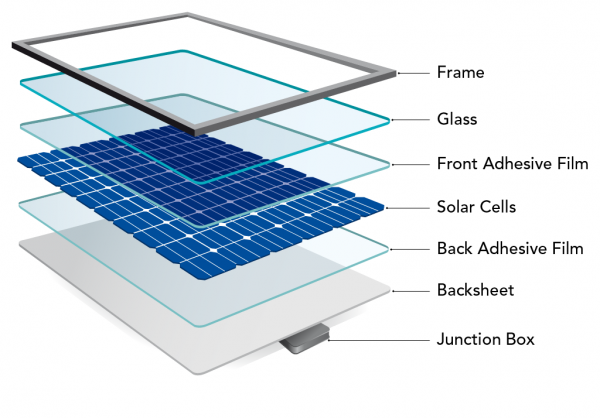
Generating Electricity Solar Cells Let S Talk Science
Why Aren T Solar Panels Everywhere Institute On The Environment

Photovoltaic Cell Energy Education

Photovoltaics Materials Used And How Their Efficiency And Cost Can Be Improved Materials And Engineering Resources Matmatch

Solar Power Information And Facts

Do Solar Panels Work Better On Hot Days Bbc Science Focus Magazine
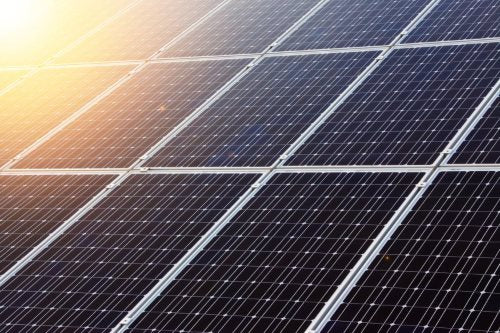
Solar Cells A Guide To Theory And Measurement Ossila
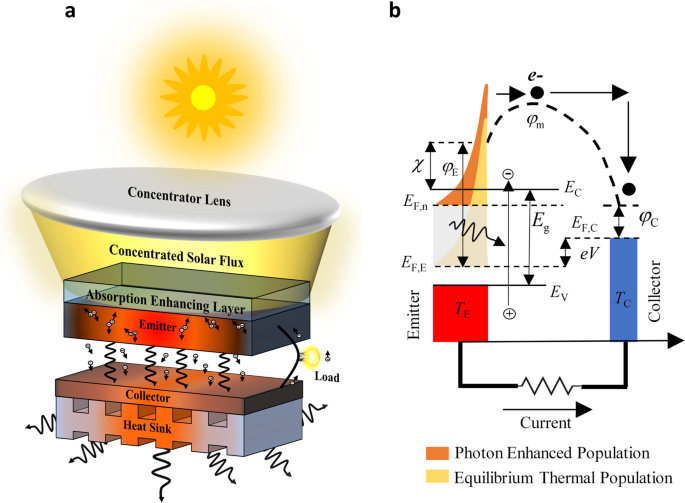
Semiconductor Thermionics For Next Generation Solar Cells Photon Enhanced Or Pure Thermionic Nature Communications

Higher Physics Semiconductors 3 The Led Solar Cell Youtube Solar Energy System Solar Energy Solar Energy Panels
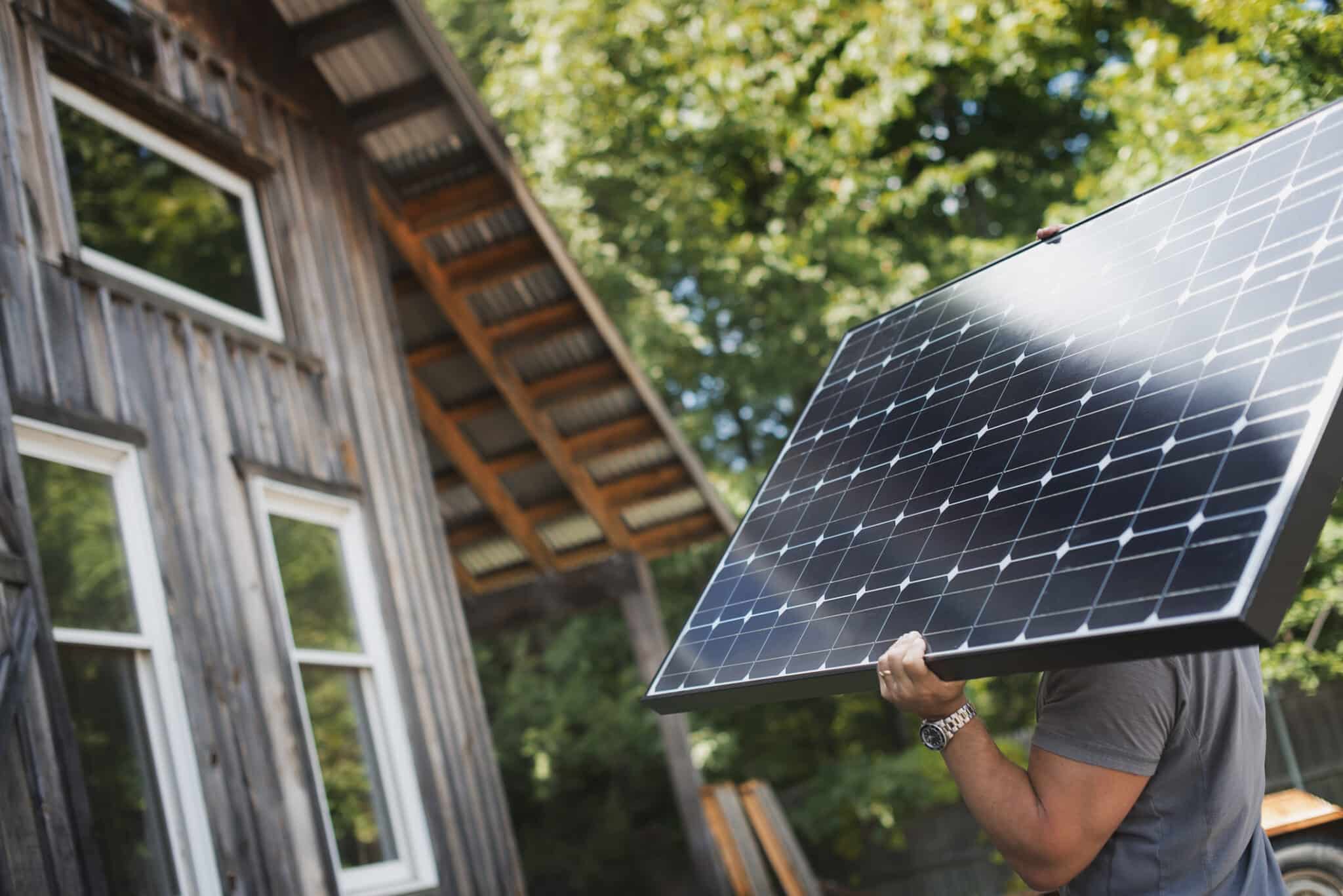
5 Best Solar Panels In The Uk 2022 Reviews Ecowatch
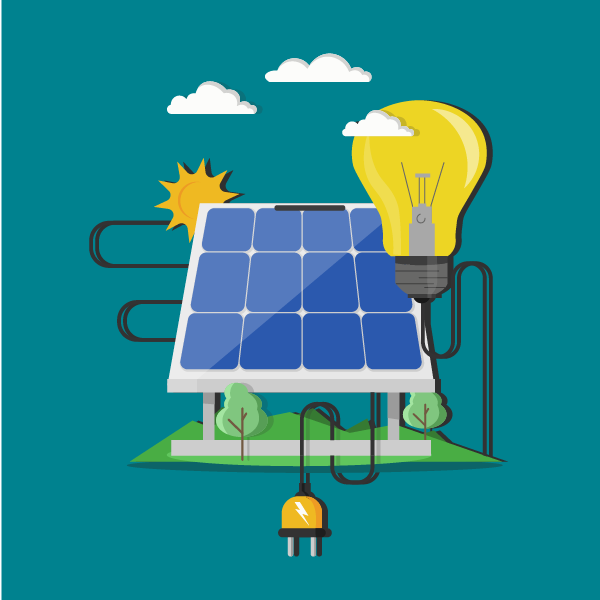
Generating Electricity Solar Cells Let S Talk Science
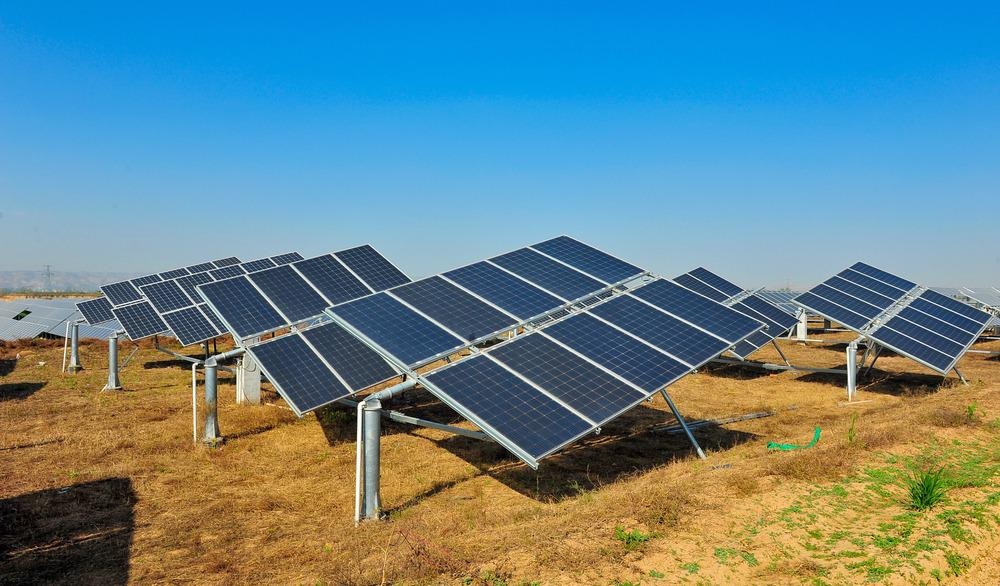
Graphene The Future Of Solar Cells

Solar Cell Materials An Overview Of Solar Cell Materials
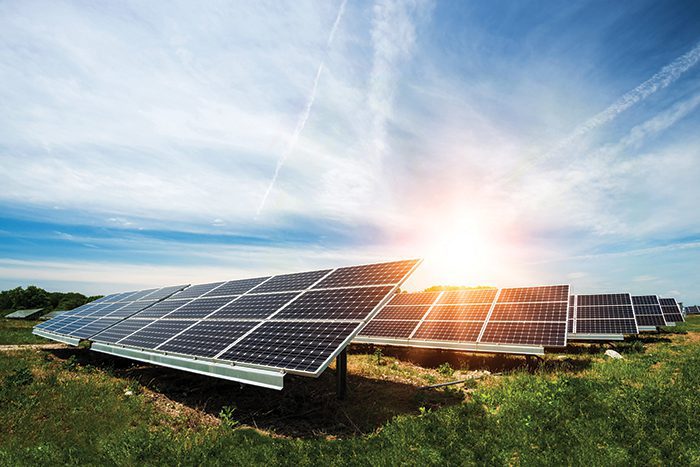
New Materials Efficiency Upgrades Advancing Solar Technologies

Comments
Post a Comment